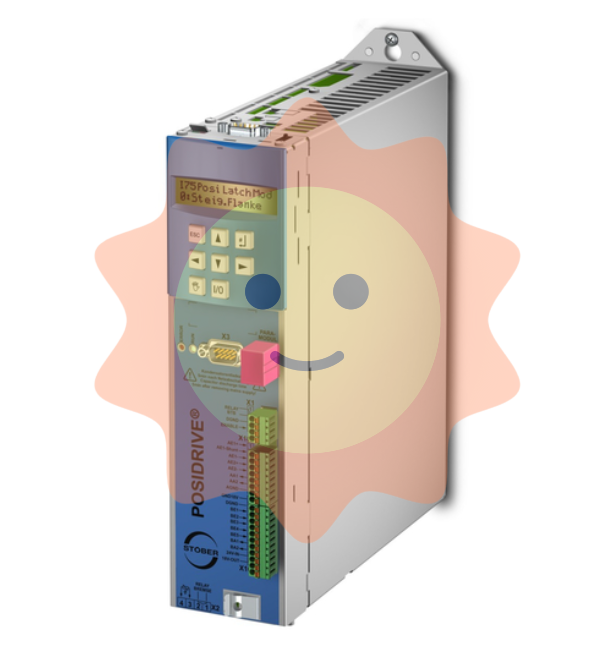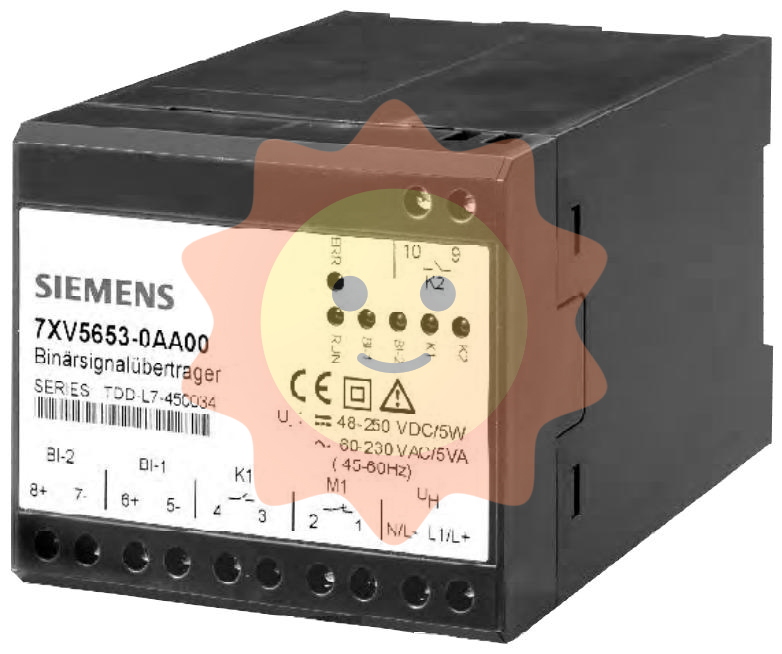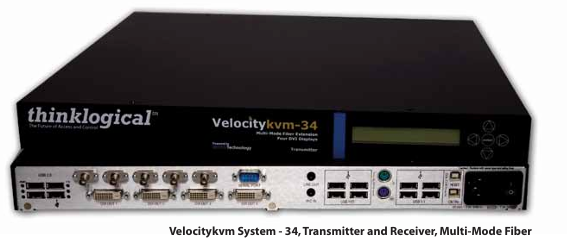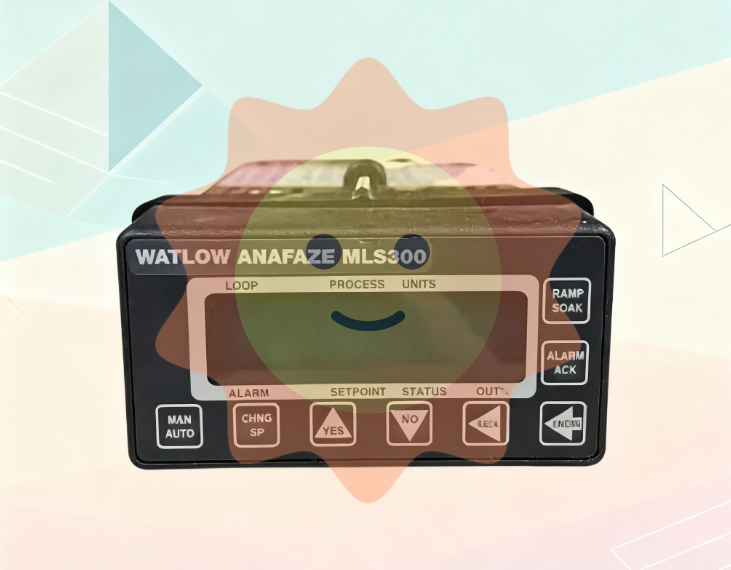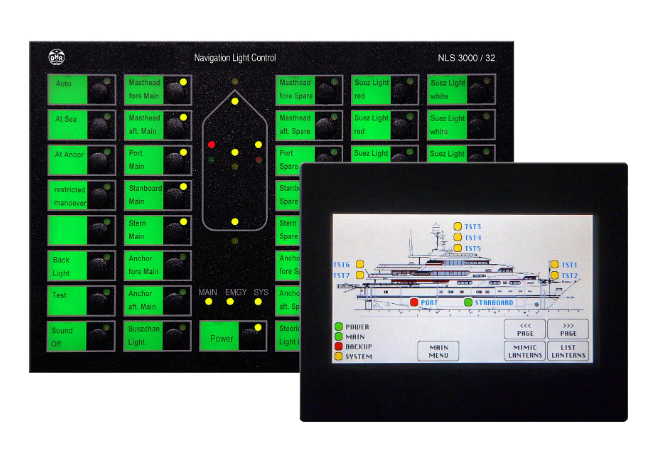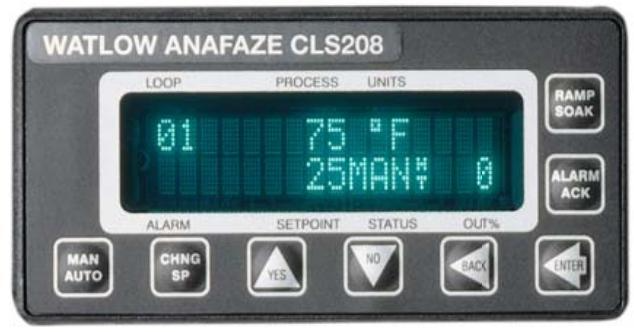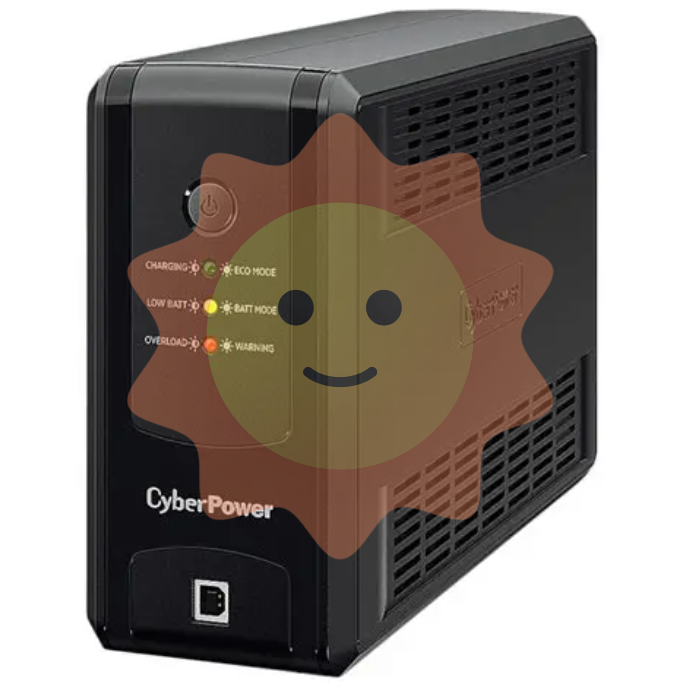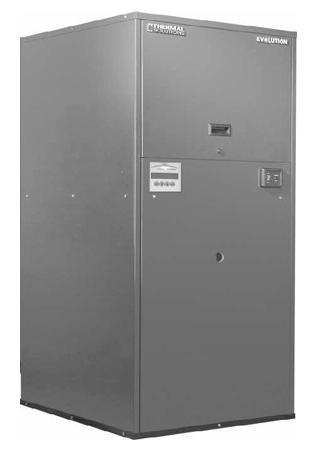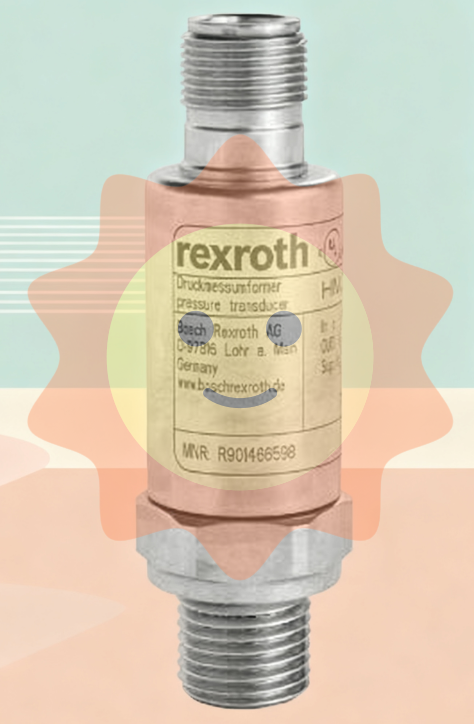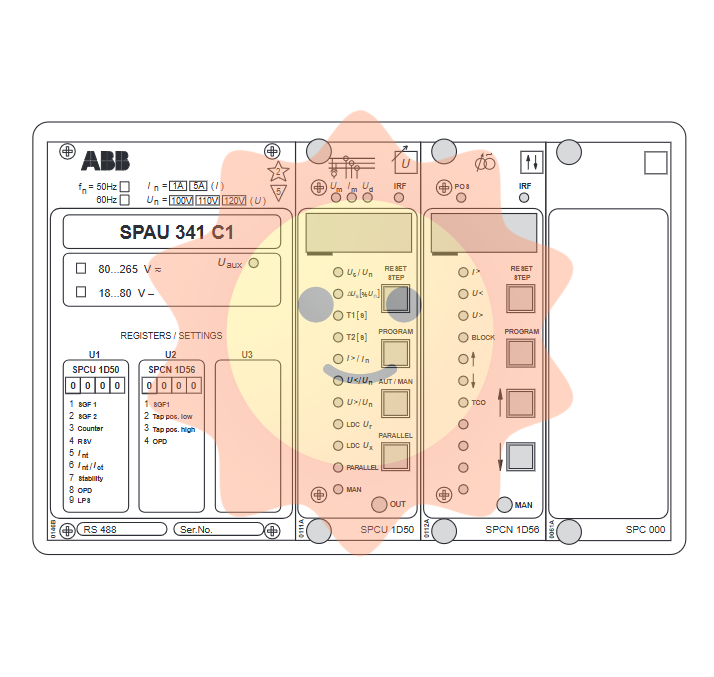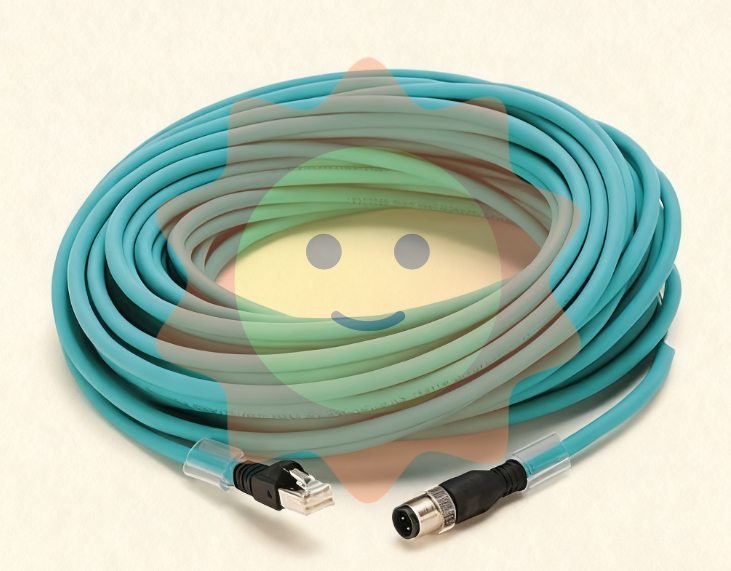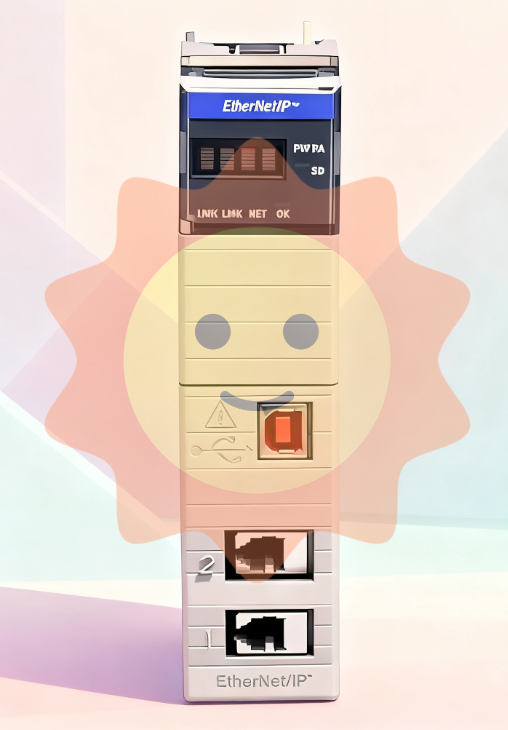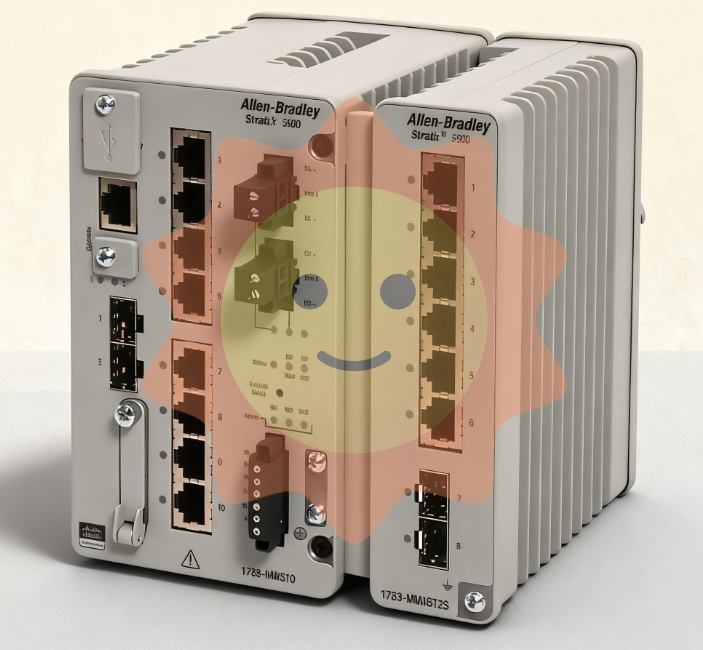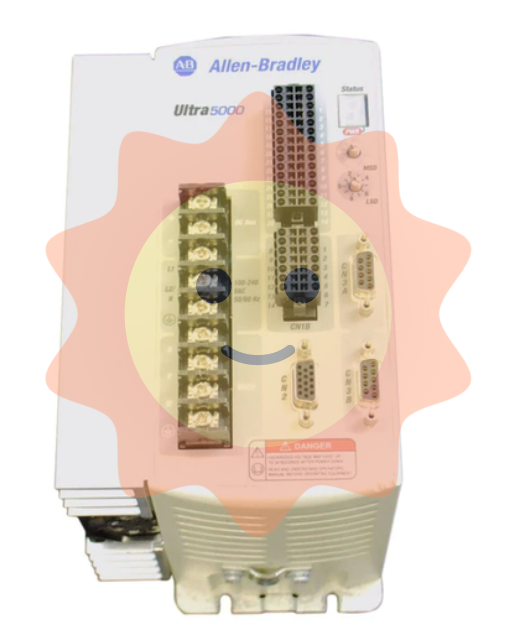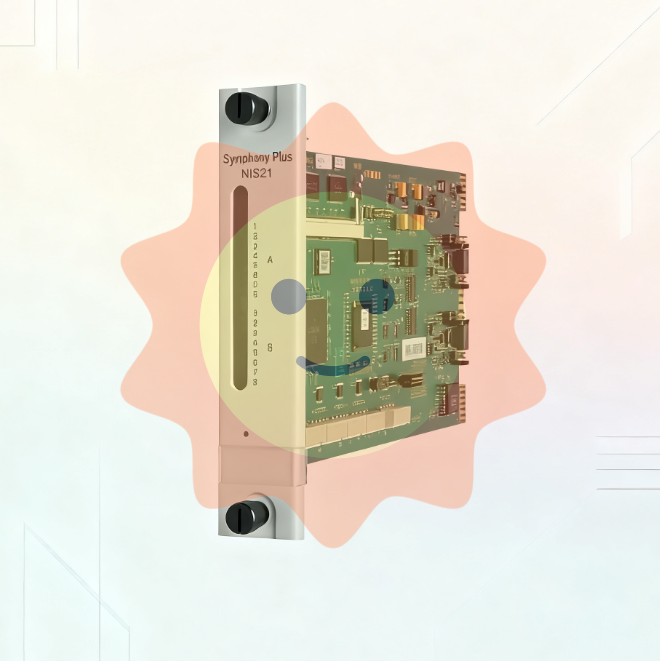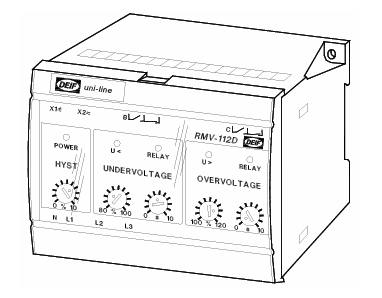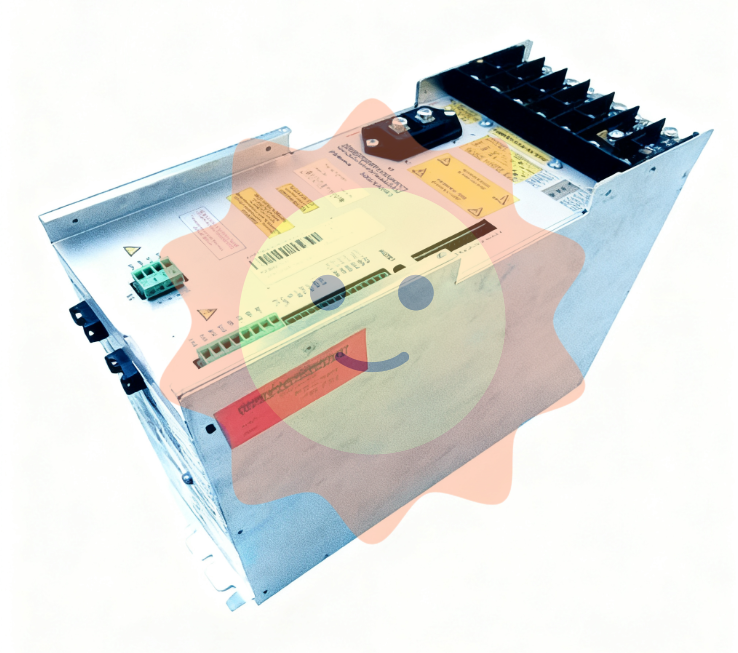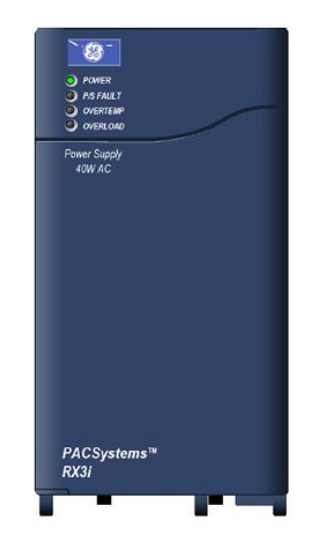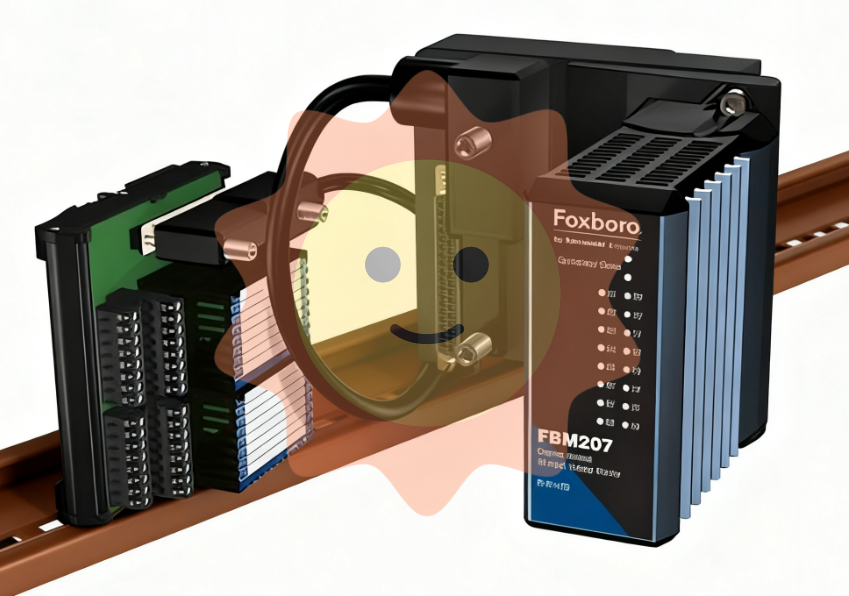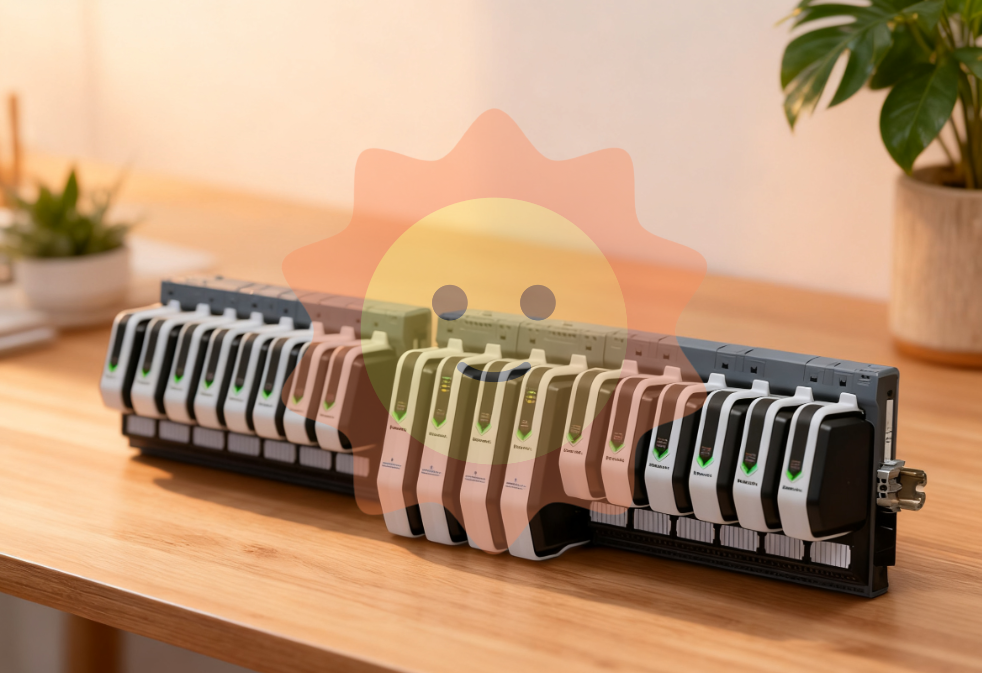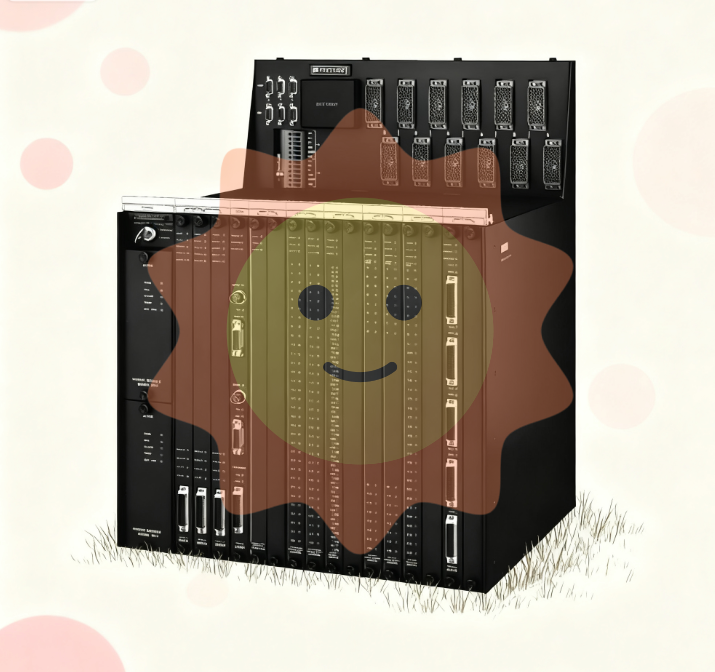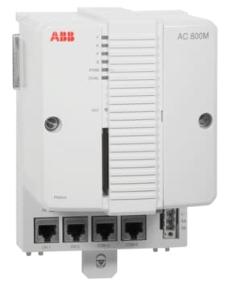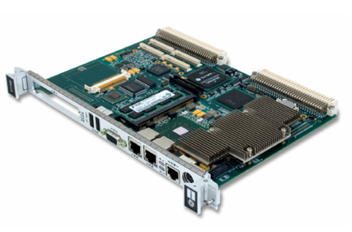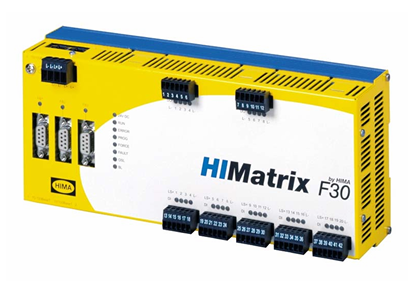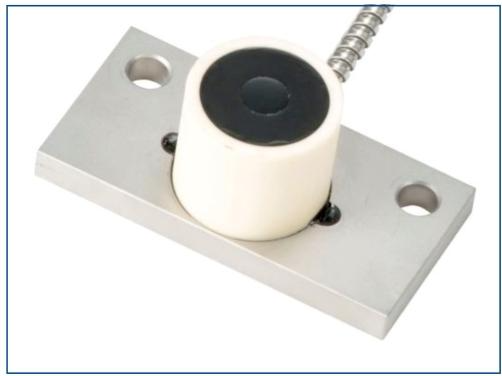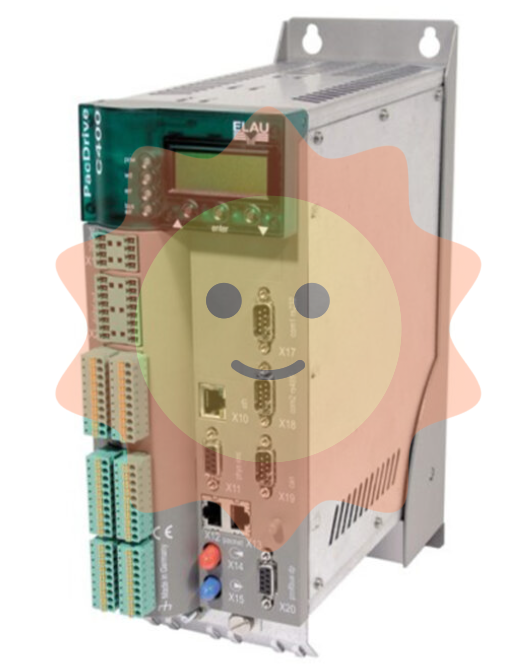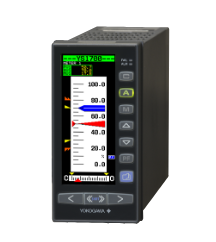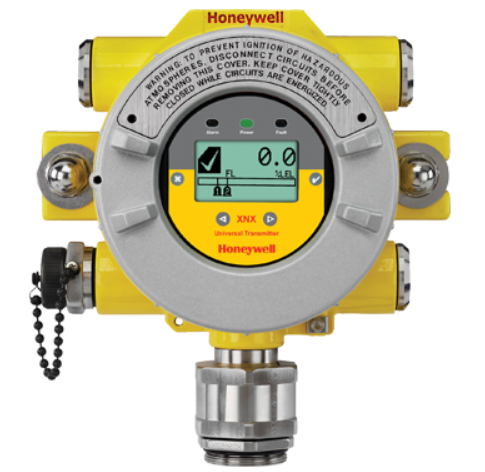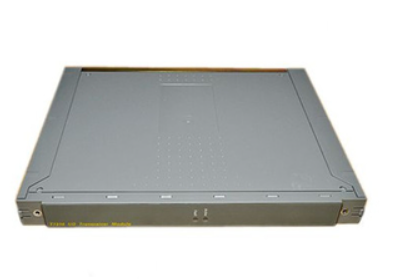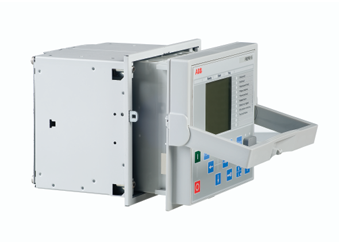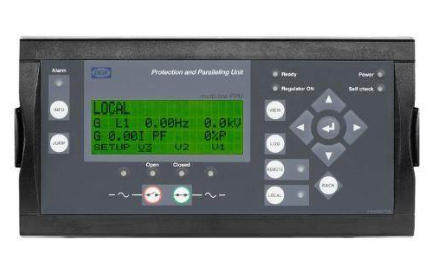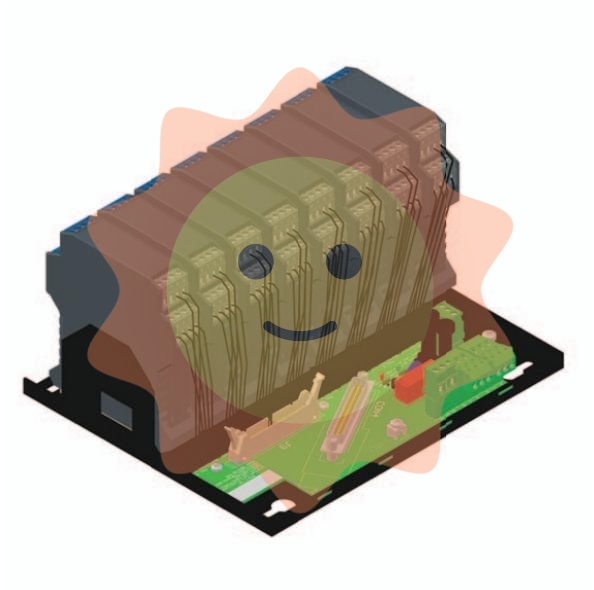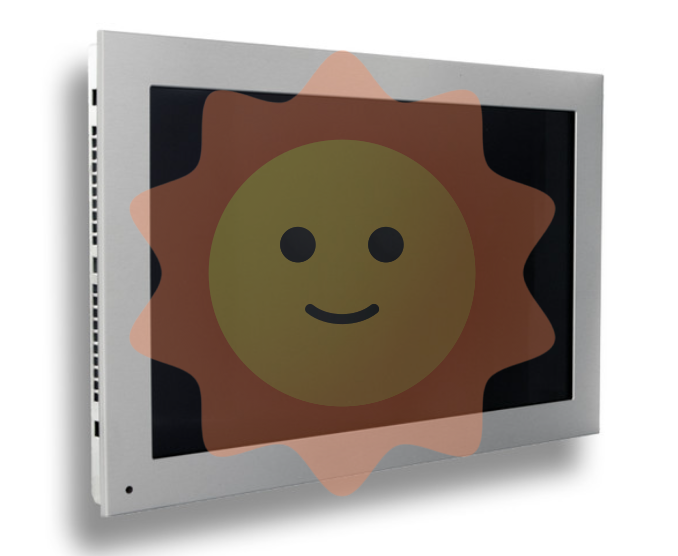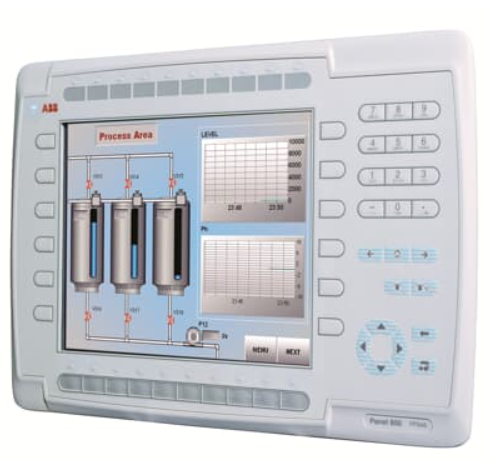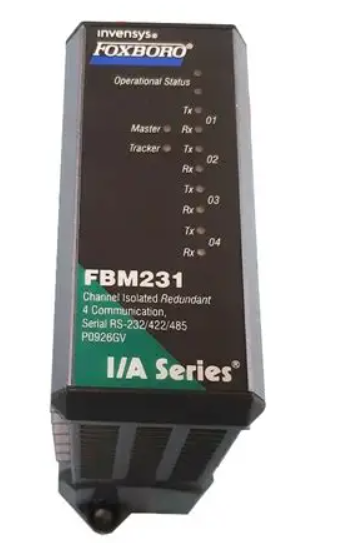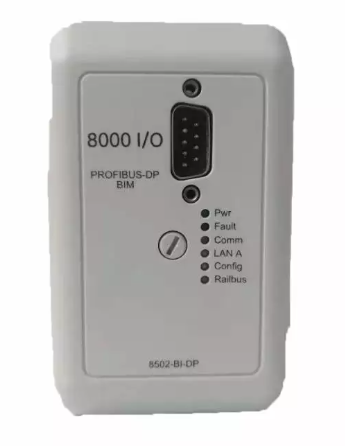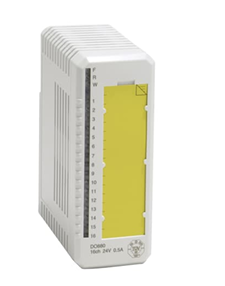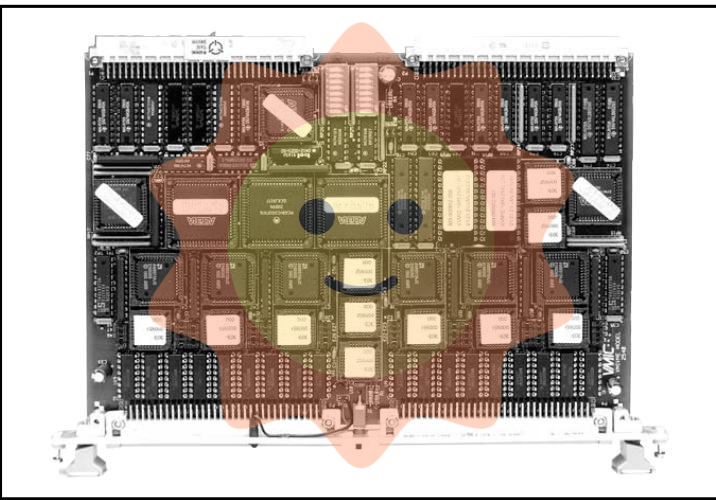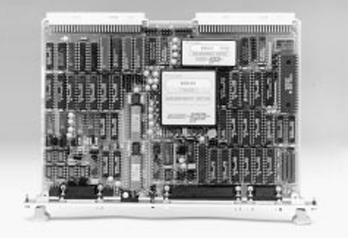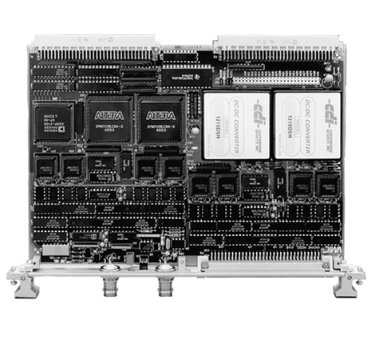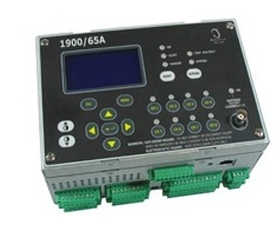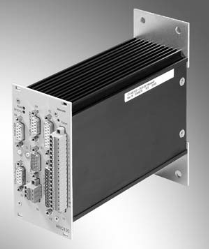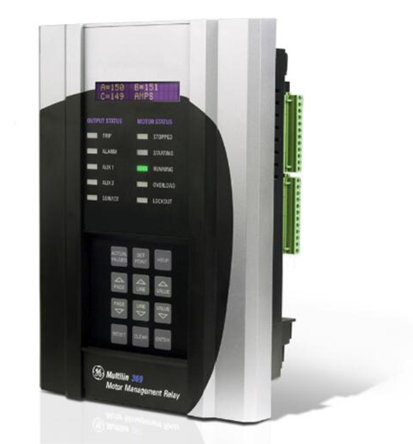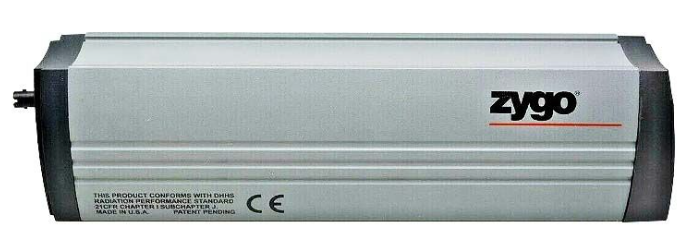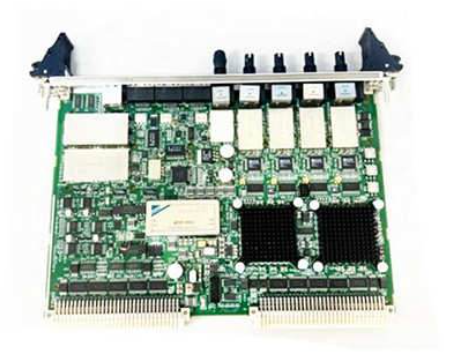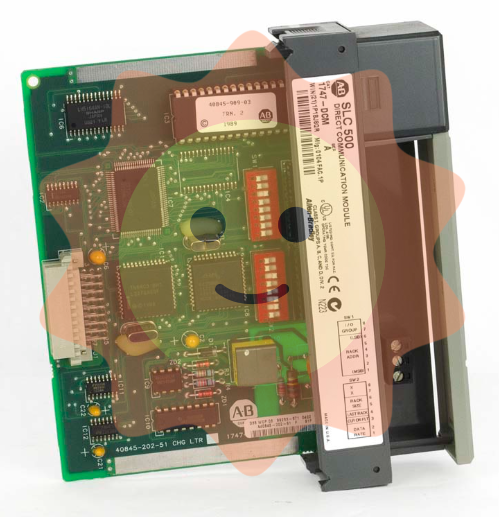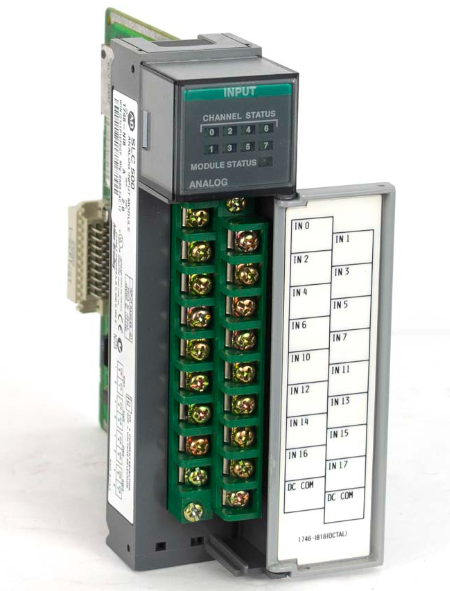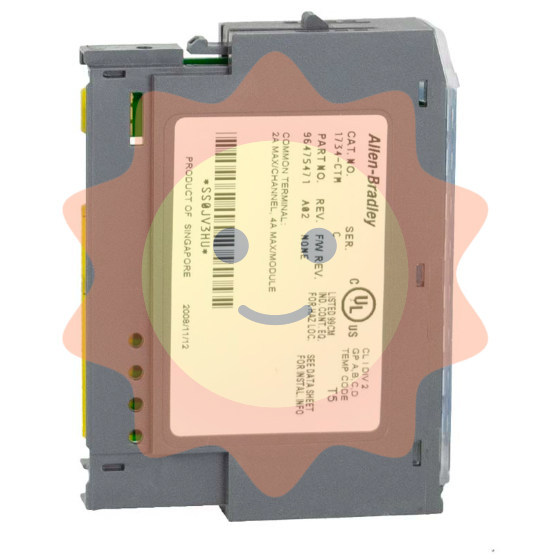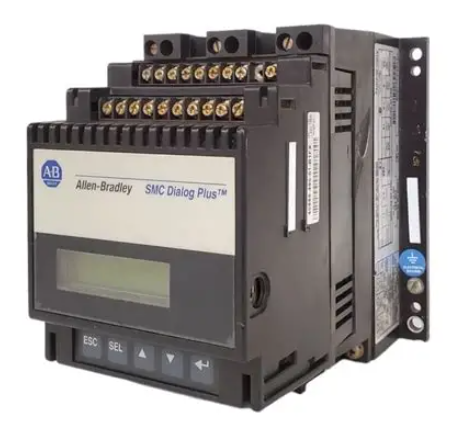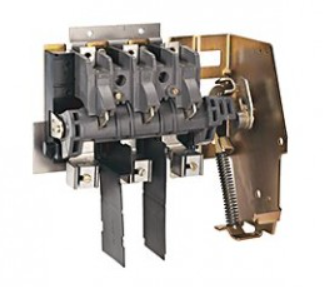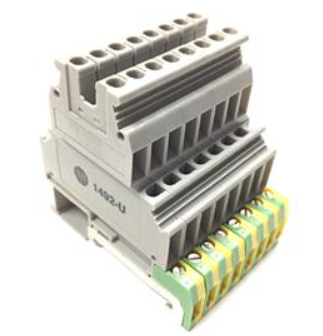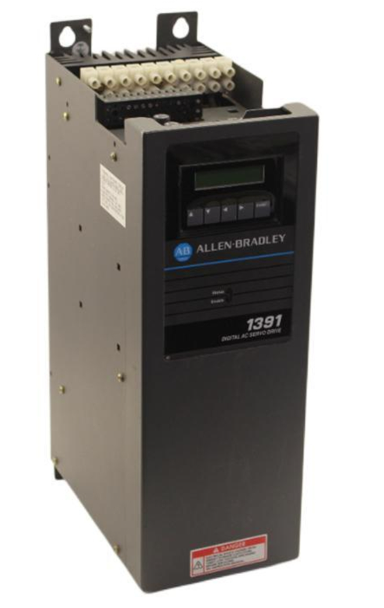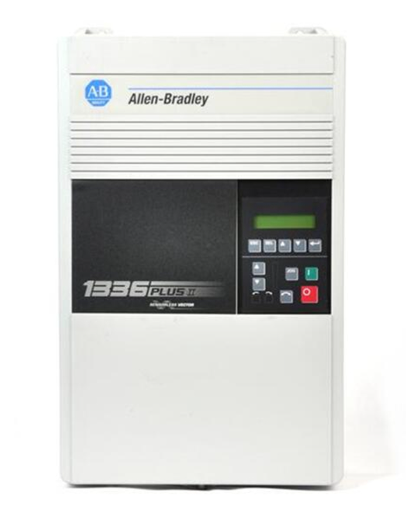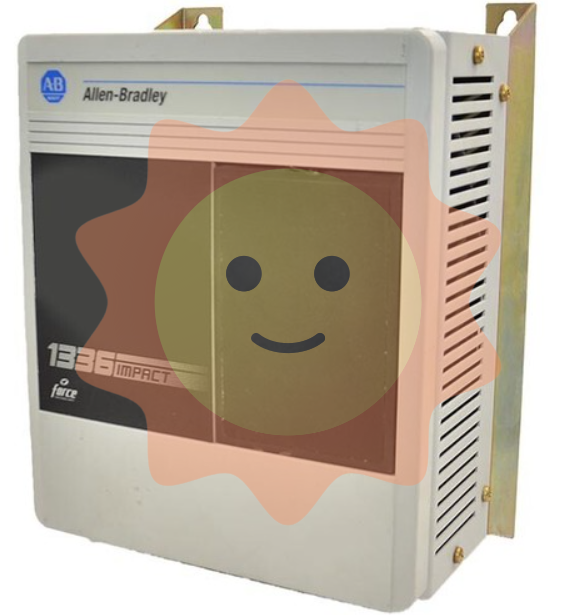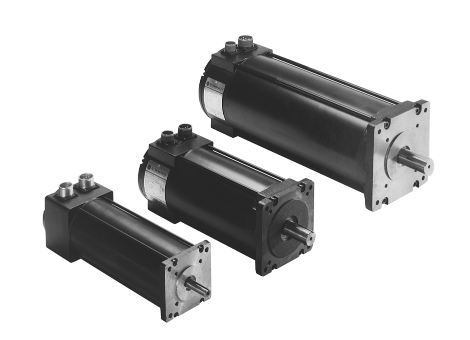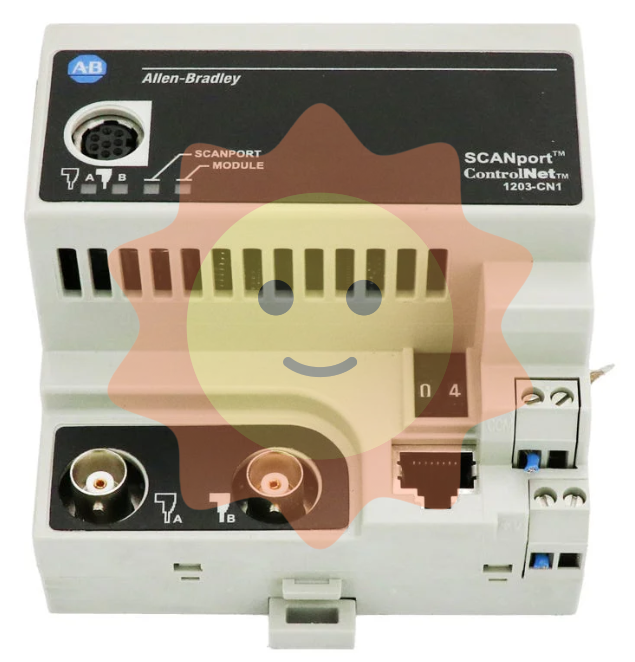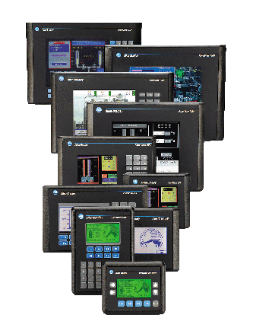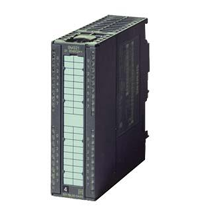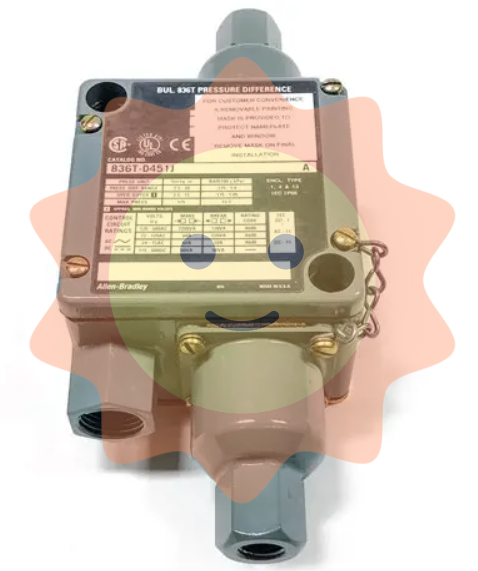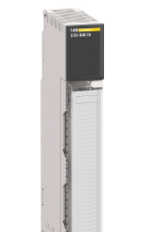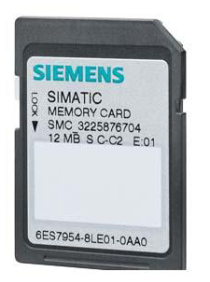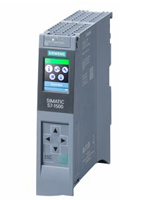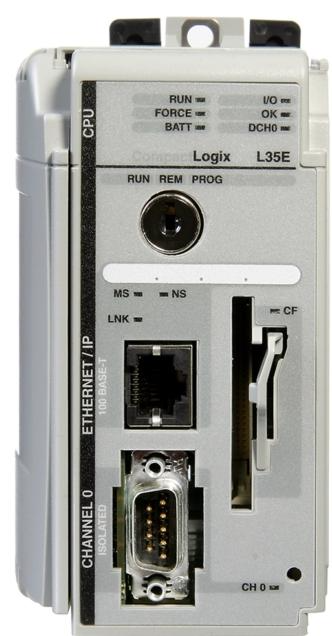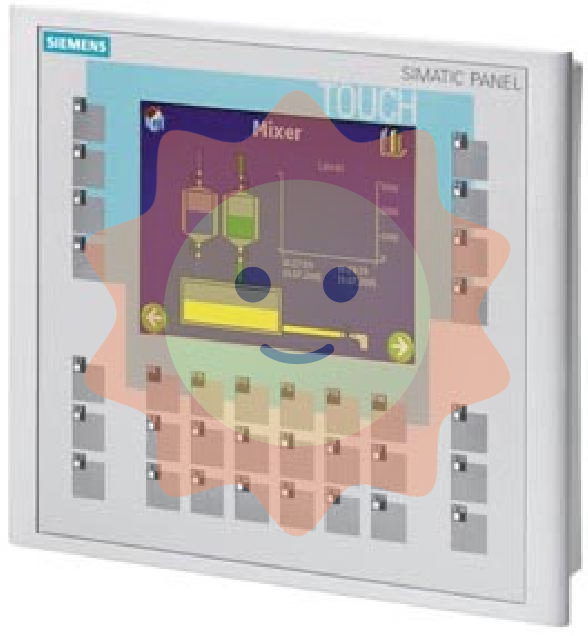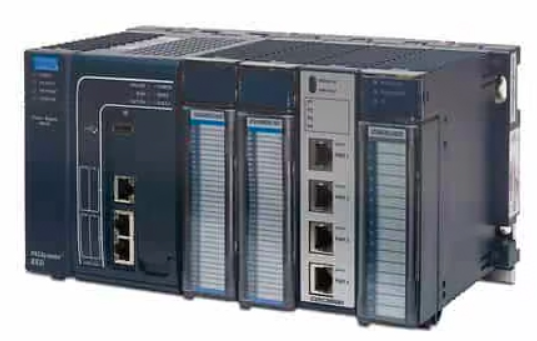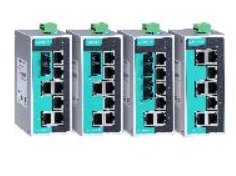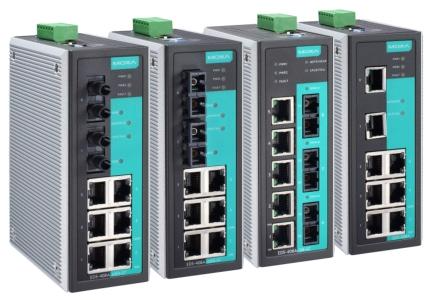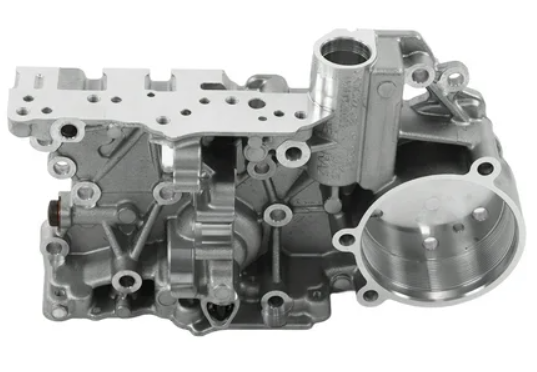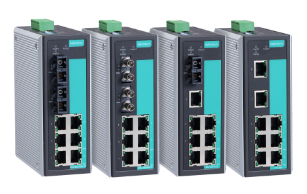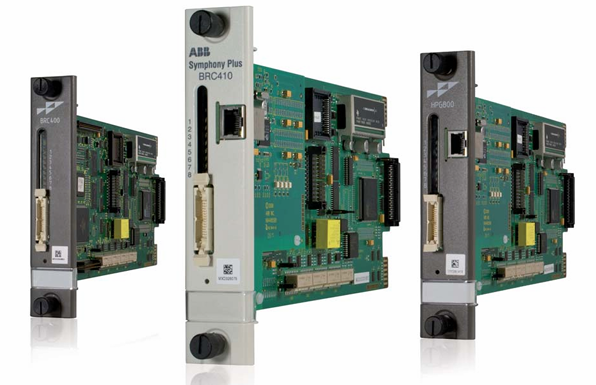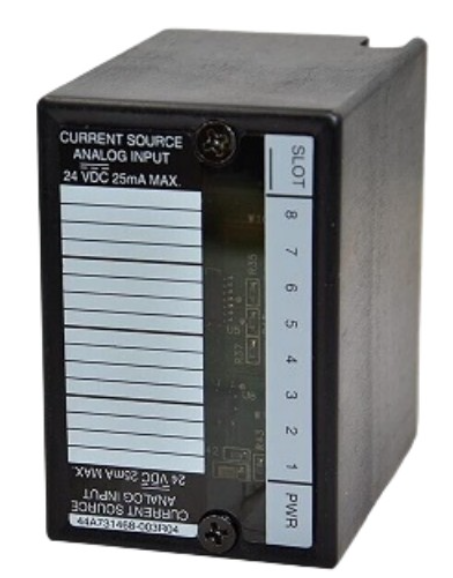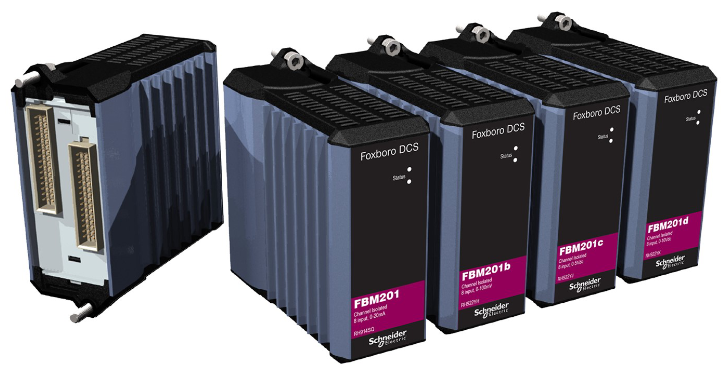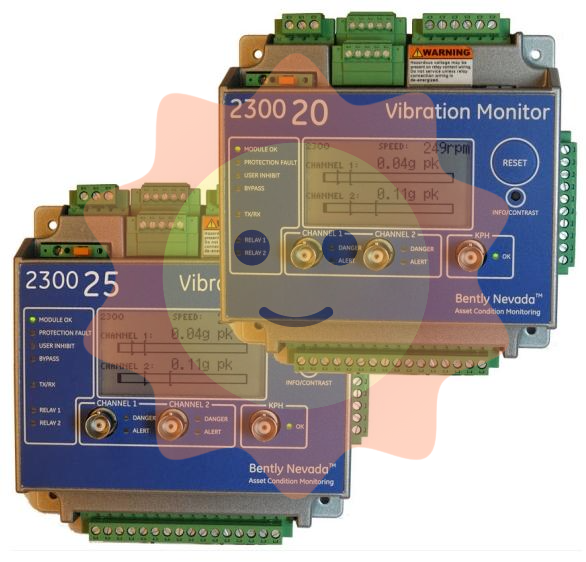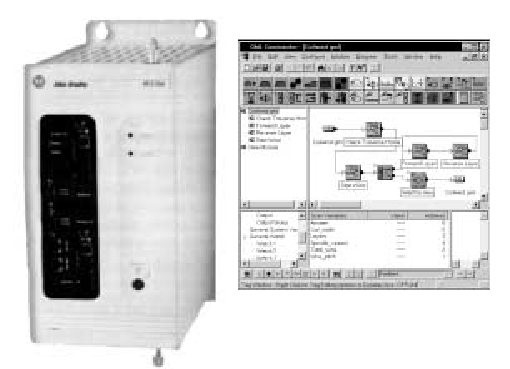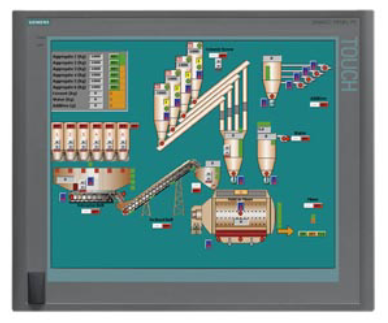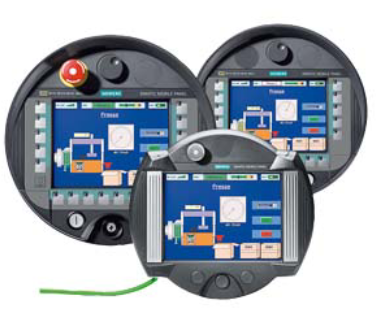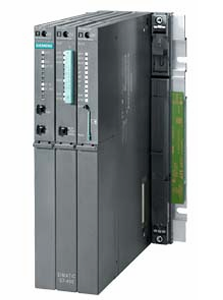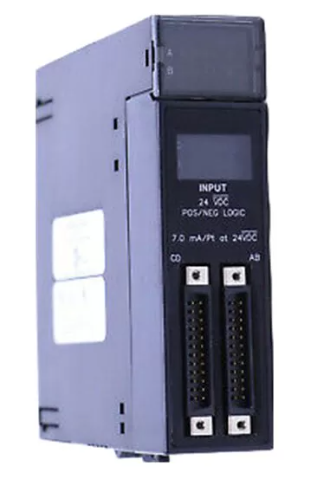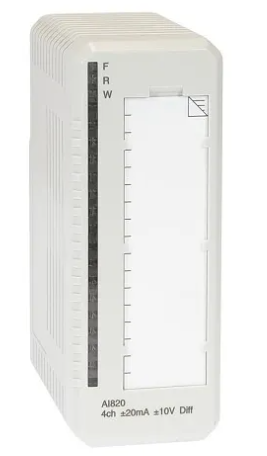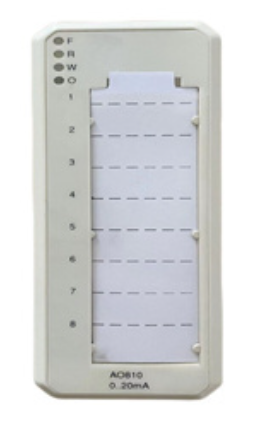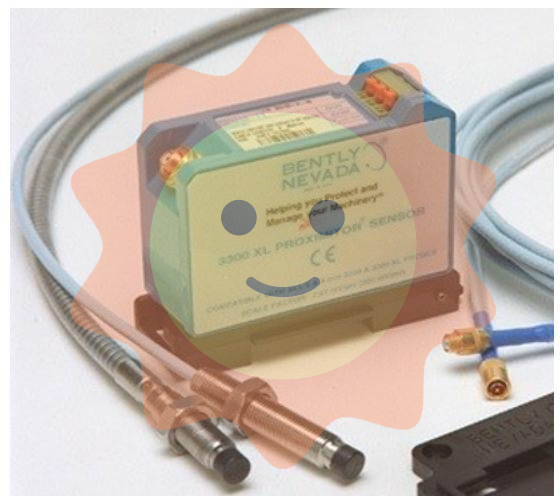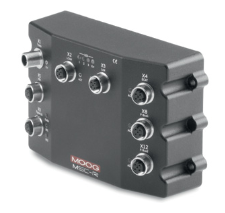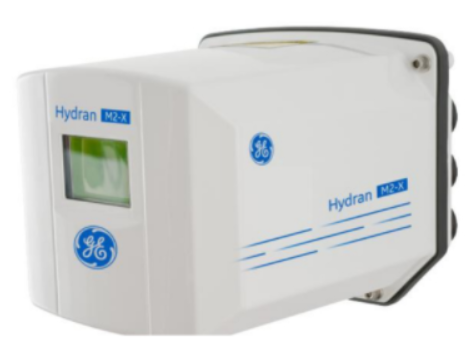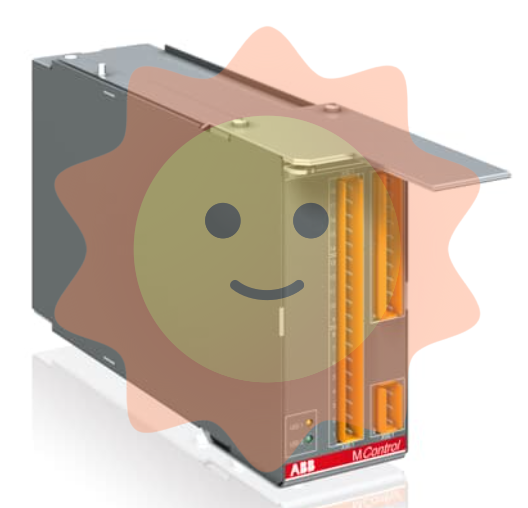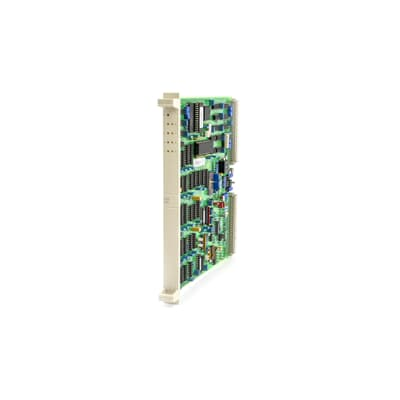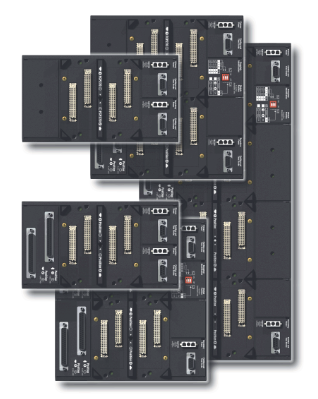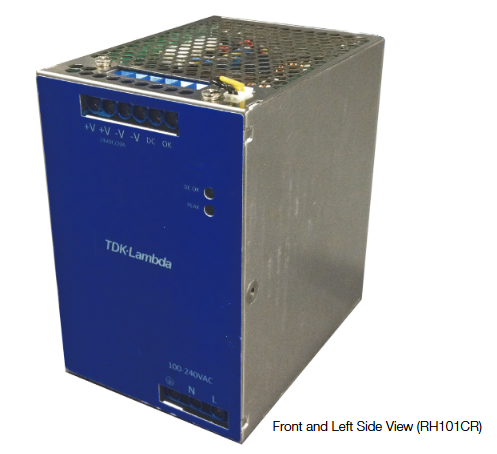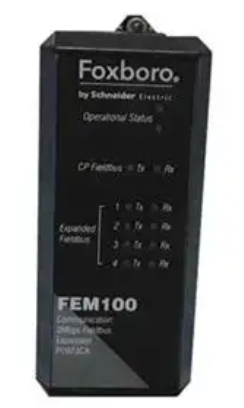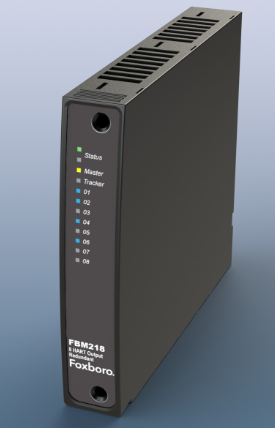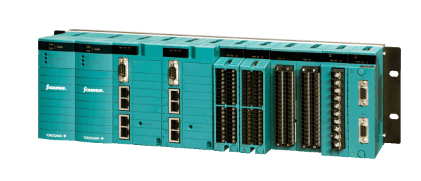ABB H&B Contronic HW 91 module HW 91 H&B Contronic
Product overview: ‘ABB H&B Contronic HW 91 module HW 91’.
Product name and identification: ‘ABB H&B Contronic HW 91 module HW 91’ indicates that this is a module of the H&B Contronic series of ABB, type HW 91, which may play an important role in industrial automation systems or related industrial control areas. It may play an important role in industrial automation systems or related industrial control areas.
Possible Functionality: From the name of the product, it is assumed that it may be a Hardware module, which is used to handle a specific task in the system. Perhaps it is used for signal processing, data acquisition, device control, or communications-related functions, depending on what it is designed to do within the overall Contronic system.
Performance Characteristics (speculative)
Hardware Design and Construction
High Quality Components: High quality electronic components are used to ensure stability and reliability. These components may have been rigorously screened and tested to suit the requirements of an industrial environment. For example, the chips may be industrial grade and able to withstand a certain range of temperature variations, electromagnetic interference and other unfavourable factors.
Physical dimensions and mounting: The module may be sized for easy installation in a control cabinet or standard mounting architecture of industrial equipment. It may feature standard rail mounting or panel mounting, such as compliance with DIN rail mounting standards, for easy integration with other equipment for mounting in control cabinets.
Signal processing capability (possible)
Input signal compatibility: If used for signal processing, it may support multiple types of input signals. For digital signals, the ability to accept signals with different level standards such as TTL (Transistor - Transistor Logic) levels, CMOS (Complementary Metal Oxide - Semiconductor) levels, or 24V DC digital signals commonly used in industry to accommodate a variety of digital sensors (e.g. limit switches, proximity switches, etc.). For analogue signals, it may be possible to handle signals in common voltage ranges (e.g. - 10V to + 10V) and current ranges (e.g. 0 - 20mA) for connection to analogue sensors (e.g. temperature sensors, pressure sensors, etc.).
Signal conditioning function (possible): A signal conditioning function may be available to pre-process the input signal. For example, the weak analogue signals are amplified to a suitable amplitude range for subsequent analogue-to-digital conversion and processing; at the same time, there may be filtering circuits for removing high-frequency noises or interfering signals from the signals to improve the quality and reliability of the signals.
Control functions (possible)
Control logic implementation (possible): if control functions are involved, perhaps some form of programmable control logic is supported. This may include defining control strategies through software programming (e.g. programming languages such as ladder diagrams, instruction tables or structured text) or hardware configuration (e.g. by means of jumper settings). For example, basic logic operations (and, or, non, etc.), timing control, counting control, etc. may be implemented for controlling the sequence or state of operation of external devices.
Output drive capability (possible): If used for device control, sufficient output drive capability should be available. For digital outputs, it may be possible to provide enough current to drive common digital actuators such as relays, indicator lights, etc. For analogue outputs (if any), it is necessary to be able to output precise voltage or current signals to control devices that require continuous adjustment, such as regulating valves, inverters, etc., and to be able to maintain the stability of the output signals when the load changes.
Communication function (possible)
Type of communication interface (possible): may be equipped with a communication interface to enable information interaction with other equipment or systems. Common communication interfaces may include RS - 485, RS - 232 or Ethernet interface, etc. RS - 485 interface is suitable for distributed control in industrial field, with the advantages of strong anti-interference ability and long communication distance, etc.; RS - 232 interface may be used for simple connection of devices in close proximity; Ethernet interface is used for high-speed data transmission and remote communication, which is convenient for accessing the industrial Ethernet network, realising remote monitoring and management. The Ethernet interface is used for high-speed data transmission and remote communication, which is convenient to connect to the industrial Ethernet network for remote monitoring and management.
Communication protocol support (possible): If there is a communication interface, it should support the corresponding industrial communication protocol. For example, it may support Modbus protocol, through which data can be exchanged with other devices (e.g. PLC, upper computer monitoring system, intelligent meter, etc.) to realise data reading and writing operations, so as to achieve the purpose of system integration and cooperative work.

- User name Member Level Quantity Specification Purchase Date
- Satisfaction :
-









Email:wang@kongjiangauto.com









